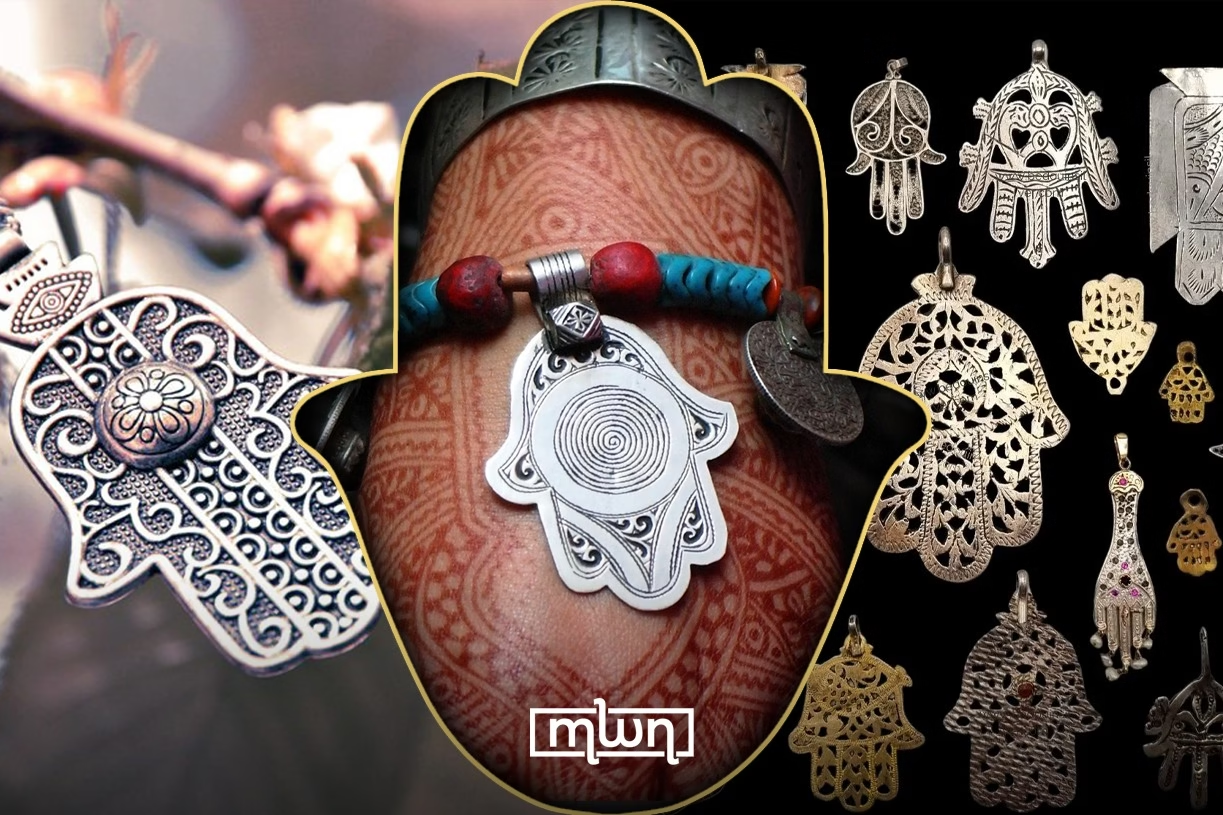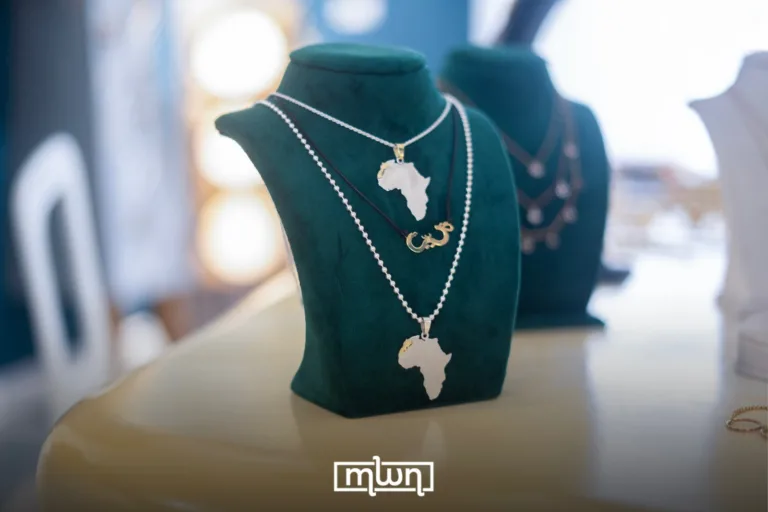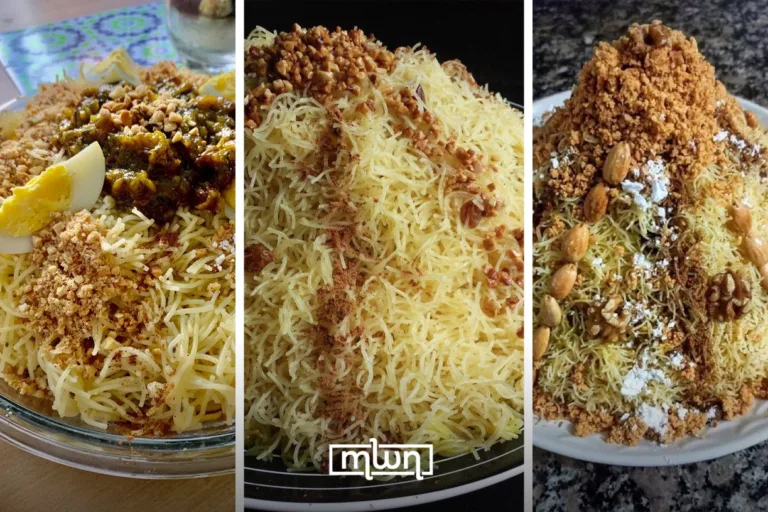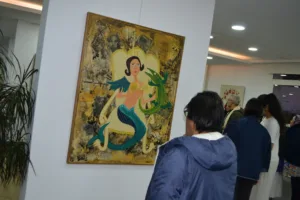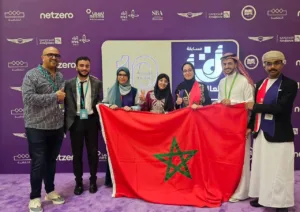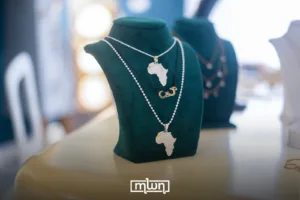The Khmissa, a symbol with ancient roots, continues to hold a special place in Moroccan culture.
Rabat – Shaped like a hand with two thumbs and often an eye in the center, the Khmissa is one of Morocco’s most recognizable symbols. It is deeply rooted in tradition and widely seen as a symbol of protection.
Some of the earliest traces of the Khmissa date back to the Carthaginian era. Archaeological evidence links it to the goddess Tanit, worshipped in ancient North Africa. This suggests the symbol’s origins go far beyond its modern cultural use.
Some scholars believe the Khmissa originated in ancient Mesopotamia, modern-day Iraq, where it was also used as protection against the evil eye.
The Khmisa, also called Tafust in Tamazight, has long held cultural and spiritual significance among Amazigh communities. The emblem was believed to offer protection, fertility, and strength.
With the rise of Islam, the amulet became known as the Hand of Fatima, linking it to Fatima Zahra, the daughter of the Prophet Muhammad, who is revered for her purity and protection.
Once commonly used across Morocco and North Africa to ward off the evil eye, the Khmissa carries her blessings and symbolizes strength and safety.
While many still recognize its meaning, it is not as widely used for protection as it once was.
Beyond its spiritual meaning, this symbol remains part of daily life in Morocco. Artisans craft it into jewelry, ceramics, and decorative items.
In places like Fez and Tetouan, it’s embroidered onto traditional garments. It’s also found in homes, adding a touch of tradition to modern spaces.
Today, the Khmissa is more than a symbol of protection; it has become a powerful sign of Moroccan identity and pride. Many wear it to express their connection to culture and heritage.

